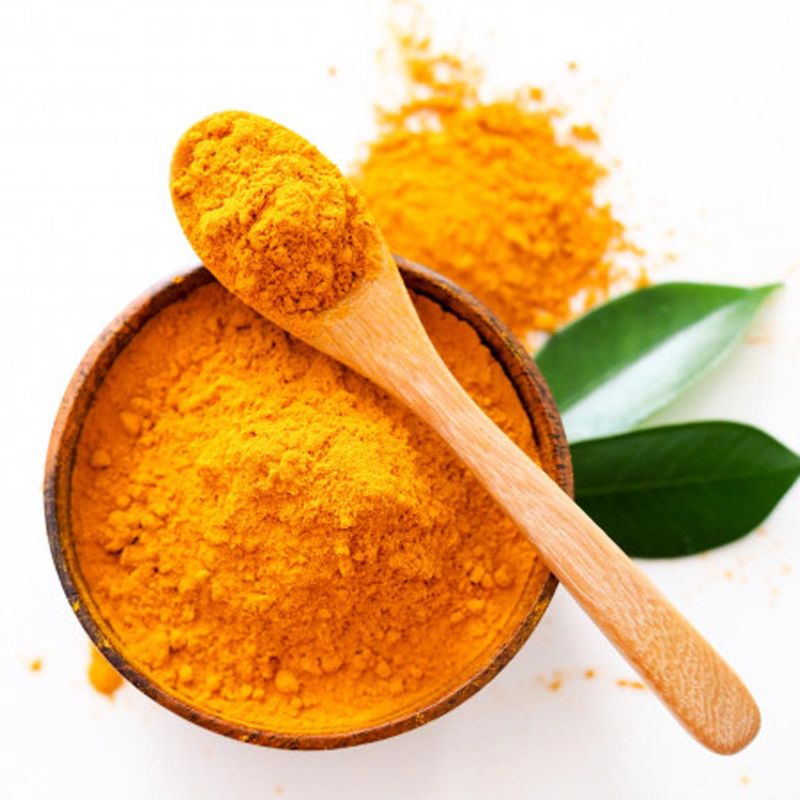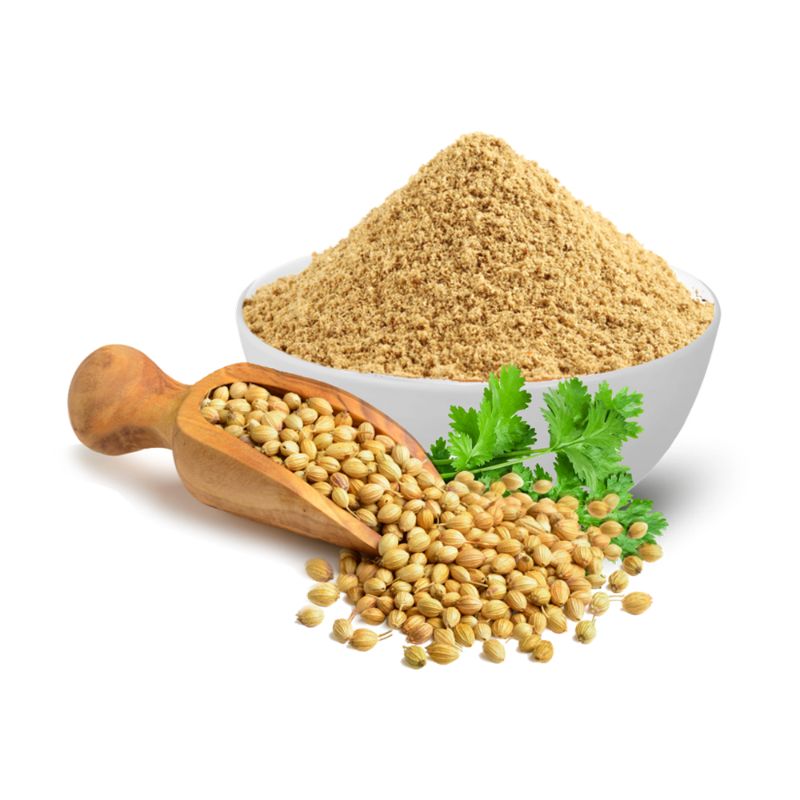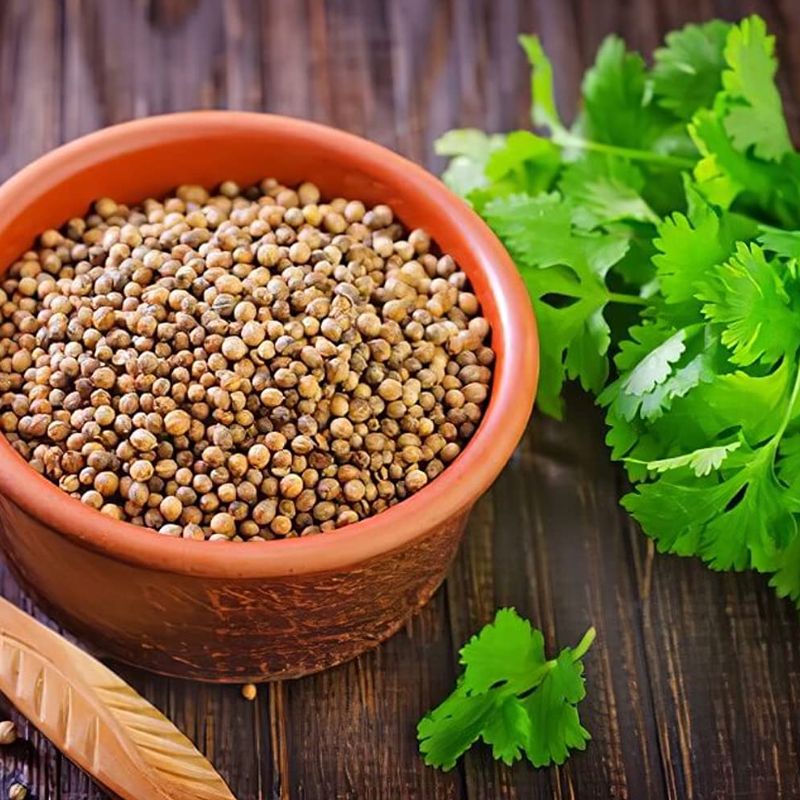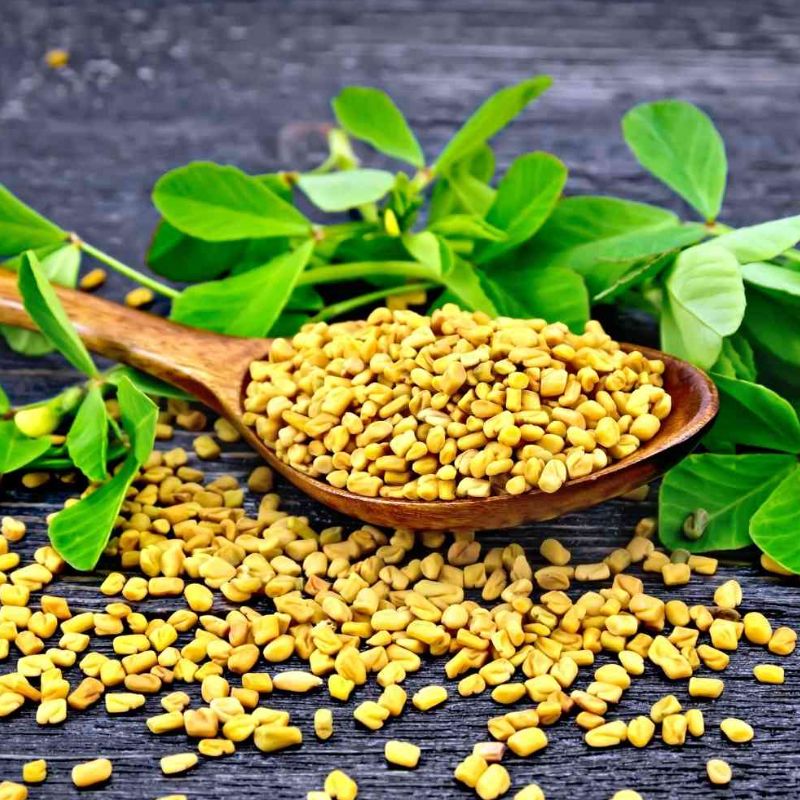Cumin Seeds Powder
Cumin (Cuminum cyminum) is a flowering plant that belongs to the Apiaceae family, which includes other aromatic herbs like parsley and coriander. It is an annual plant that typically grows to a height of 20-30 inches (50-75 cm). Cumin plants have slender, branched stems with finely divided feathery leaves, and they produce small, white or pinkish flowers that give way to small, elongated fruits containing the valuable cumin seeds.
₹1,000.00
Cumin Seed Powder: A Comprehensive Overview
Plant Description: Cumin (Cuminum cyminum) is a flowering plant that belongs to the Apiaceae family, which includes other aromatic herbs like parsley and coriander. It is an annual plant that typically grows to a height of 20-30 inches (50-75 cm). Cumin plants have slender, branched stems with finely divided feathery leaves, and they produce small, white or pinkish flowers that give way to small, elongated fruits containing the valuable cumin seeds.
Taste and Color: Cumin seeds are renowned for their warm, earthy, and slightly nutty flavor. The seeds themselves are elongated, ridged, and brownish in color.
Soil Type for Growth: Cumin thrives in well-drained soils that are rich in organic matter. It prefers a slightly alkaline to neutral pH range of 6.8 to 7.5. Adequate drainage is crucial to prevent waterlogging.
Regions of Production: Cumin is primarily grown in regions with a warm and arid climate. The main regions of cumin production globally include India, Iran, Turkey, Syria, Egypt, and Mexico. In India, the major cumin-producing states are Gujarat and Rajasthan.
Maturity Period and Environmental Conditions: Cumin has a relatively short growth cycle, typically taking 100 to 120 days from planting to harvest. It requires full sunlight and thrives in temperatures ranging from 68°F to 86°F (20°C to 30°C). Cumin is drought-tolerant, making it suitable for arid regions.
Physical Properties and Ingredients:
- Cumin seeds are small and oblong, measuring approximately 4-5 mm in length.
- They have a ridged surface and are brown to light brown in color.
- The seeds contain essential oils, including cuminaldehyde, which is responsible for the characteristic flavor.
- Other compounds found in cumin seeds include various terpenes, phenols, and flavonoids.
Shelf Life After Harvesting and Storage Conditions: Cumin seeds have a long shelf life when stored properly. When kept in an airtight container in a cool, dark place, they can maintain their flavor and aroma for up to two to three years. It’s important to protect them from moisture and direct sunlight to prevent flavor loss.
Uses and Consumers: Cumin seed powder is a popular spice used in various cuisines around the world. Its uses include:
- Cooking: Cumin is a key ingredient in Indian, Middle Eastern, and Mexican cuisines, often used in curry blends, spice rubs, and soups.
- Medicinal: Cumin is believed to have digestive and anti-inflammatory properties and is used in traditional medicine.
- Beverages: Cumin is also used in some alcoholic beverages, such as gin and some liqueurs.
- Condiments: Ground cumin is an essential component of condiments like chili powder and taco seasoning.
Cumin seed powder adds depth and flavor to a wide range of dishes and is a staple in many spice racks worldwide, appreciated for its distinctive taste and versatility.







Reviews
There are no reviews yet.